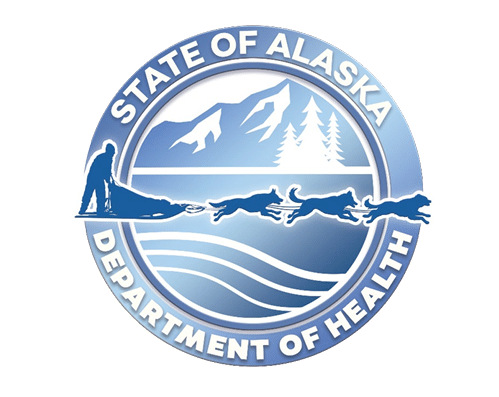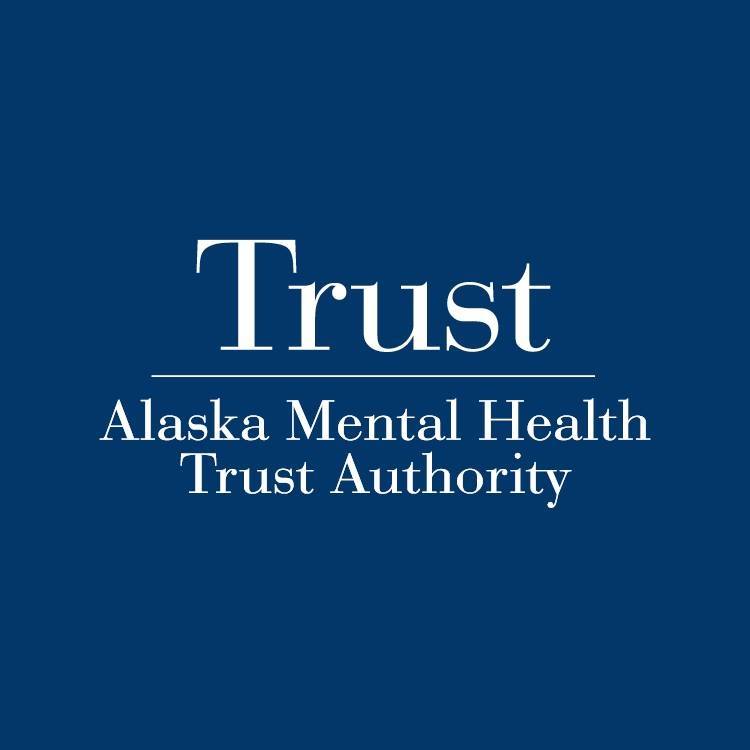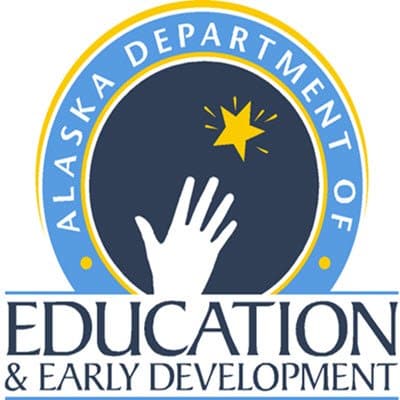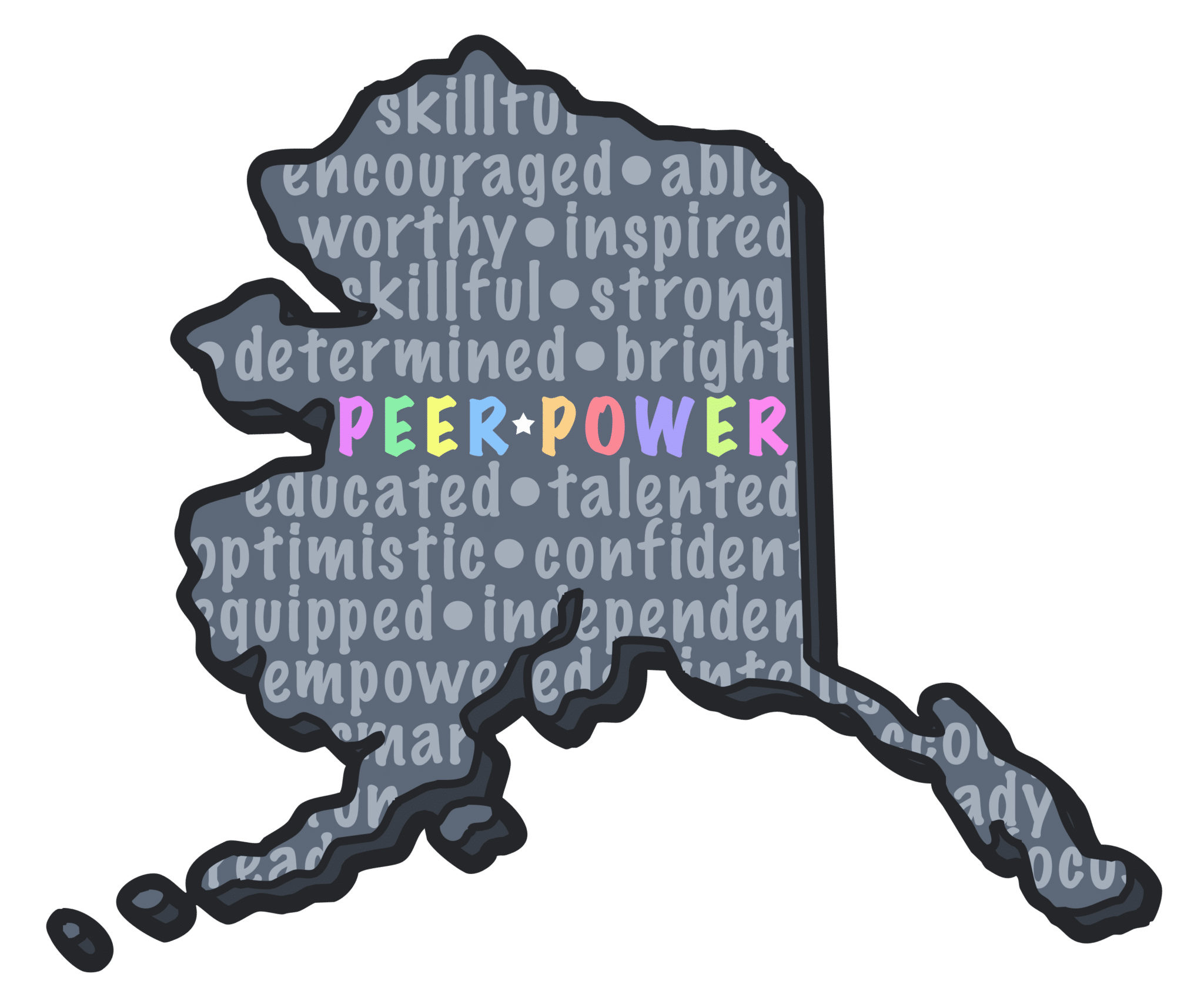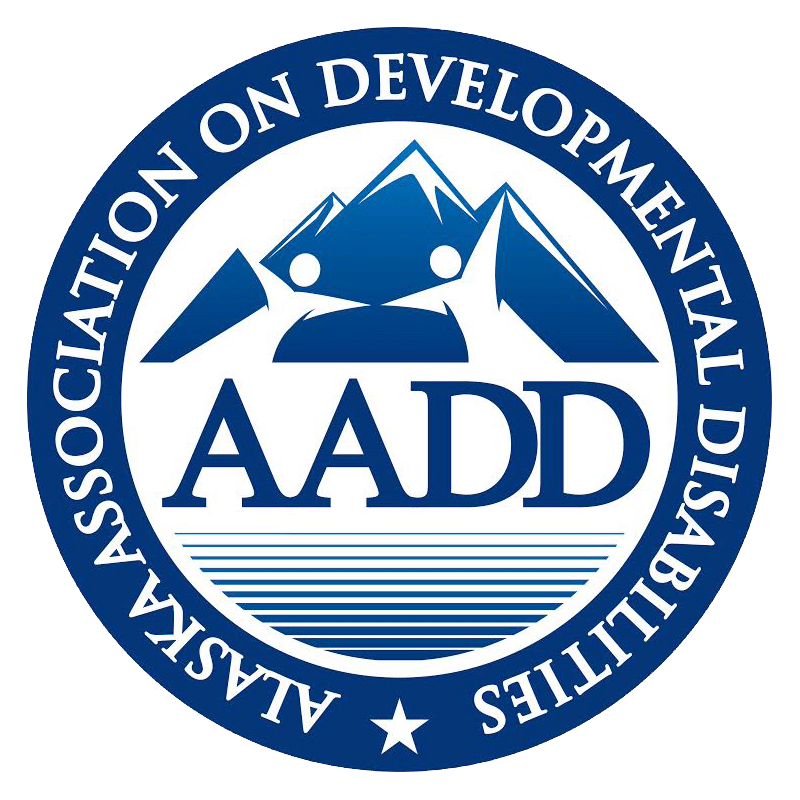What is Epilepsy?
Epilepsy describes seizures that occur repeatedly over time without an acute illness (like fever) or a brain injury.
According to HealthyChildren.org, any child without a known diagnosis of epilepsy who experiences a first-time seizure needs immediate emergency medical attention. They should also have a follow-up visit with their primary care pediatrician soon afterward.
Treatment for epilepsy usually begins with medication. However, it is important to remember that epilepsy is a complex condition, and every child is different. Not every child responds to treatment in the same way, so there is no one “right treatment.”
According to HealthyChildren.org, seizures might include:
- Loss of consciousness
- Convulsions (whole body shaking)
- Confusion
- Brief periods of staring
- A sudden feeling of fear or panic
- Uncontrolled shaking of an arm or leg
- Flexing, stiffening, jerking, or twitching of the upper body
- Nodding of the head
- Epilepsy Foundation: types of seizures
- Epilepsy fact sheet
- Center for Parent Training and Information: resources, information related to school services, and support for parents
- Epilepsy Foundation Alaska: programs and Services
- Epilepsy Foundation: several resources, including specific topics on living with epilepsy
- HealthyChildren.org: how to support a child or teen with epilepsy





